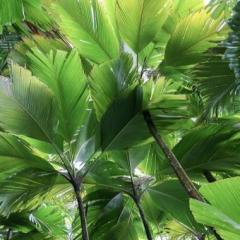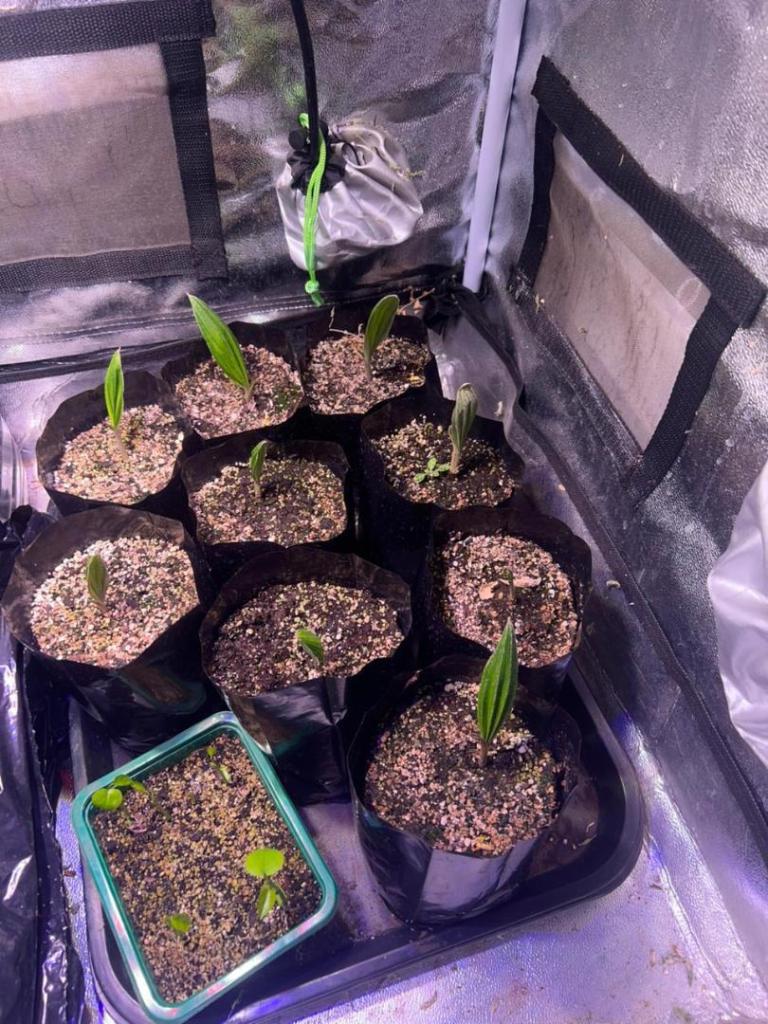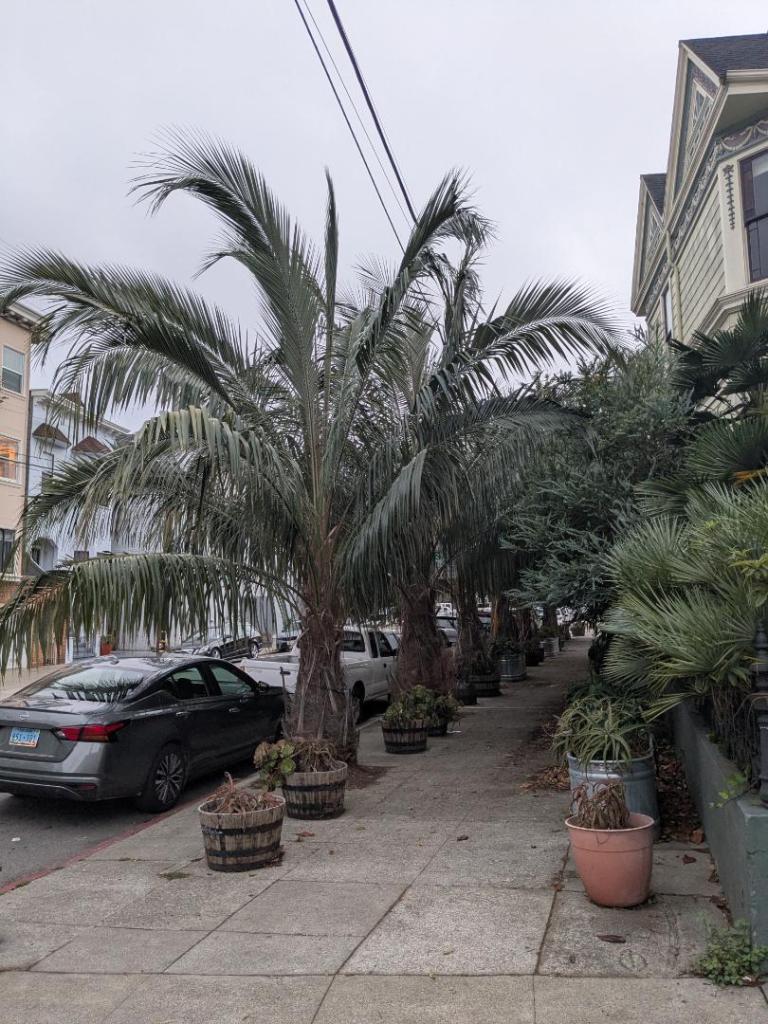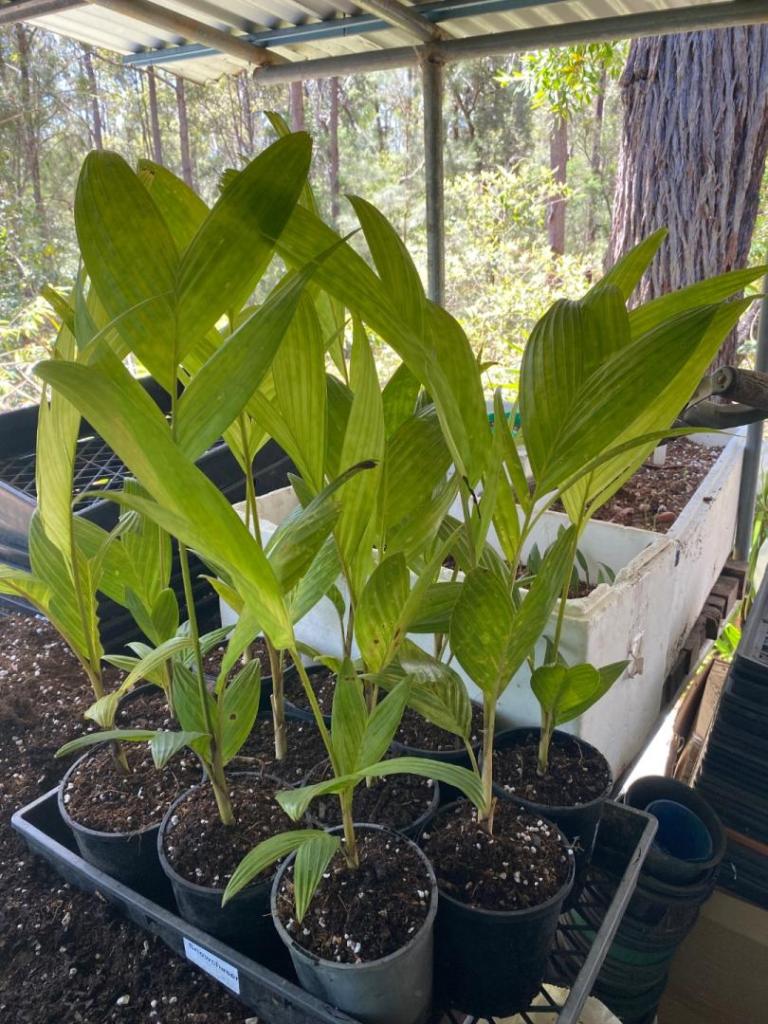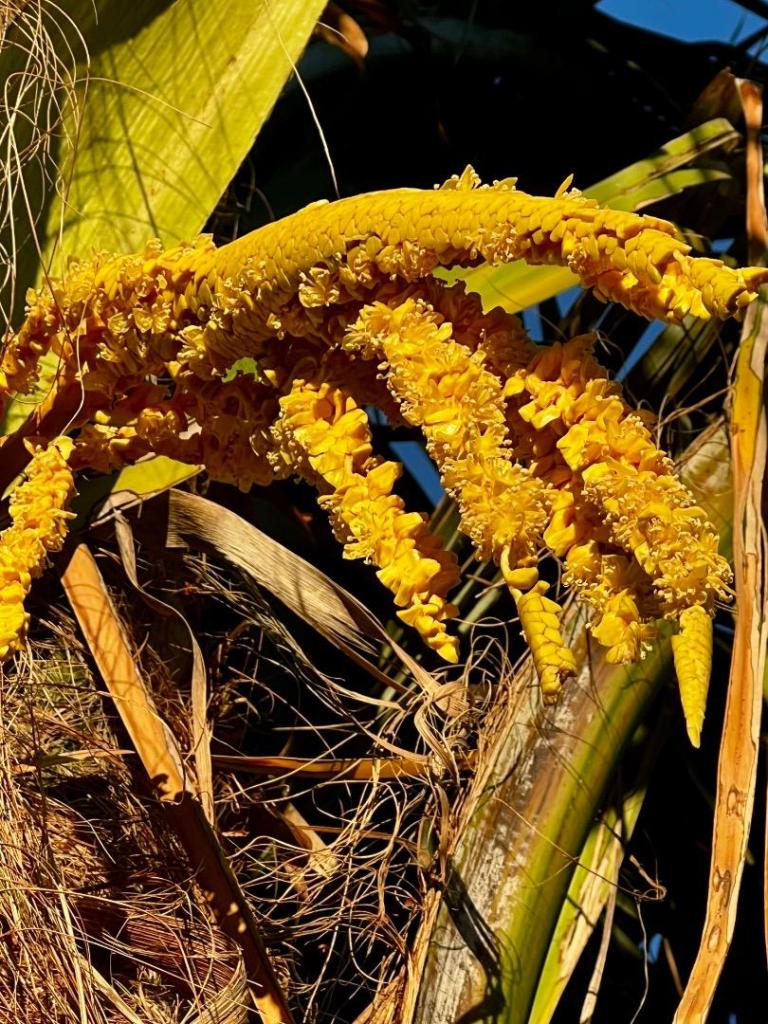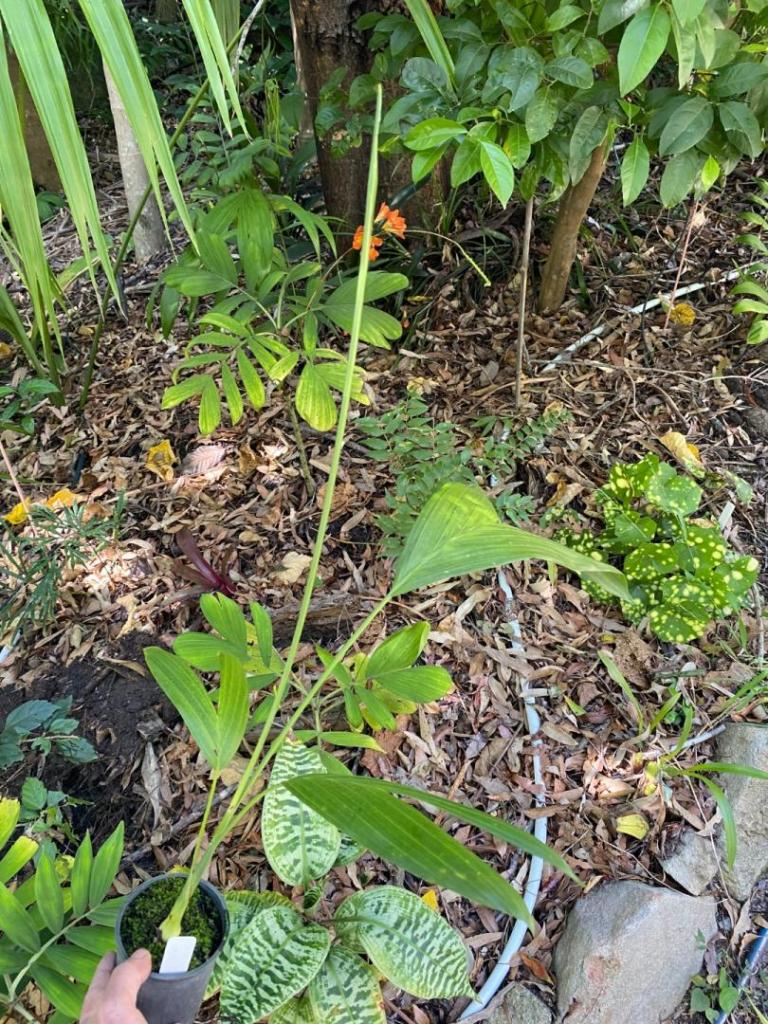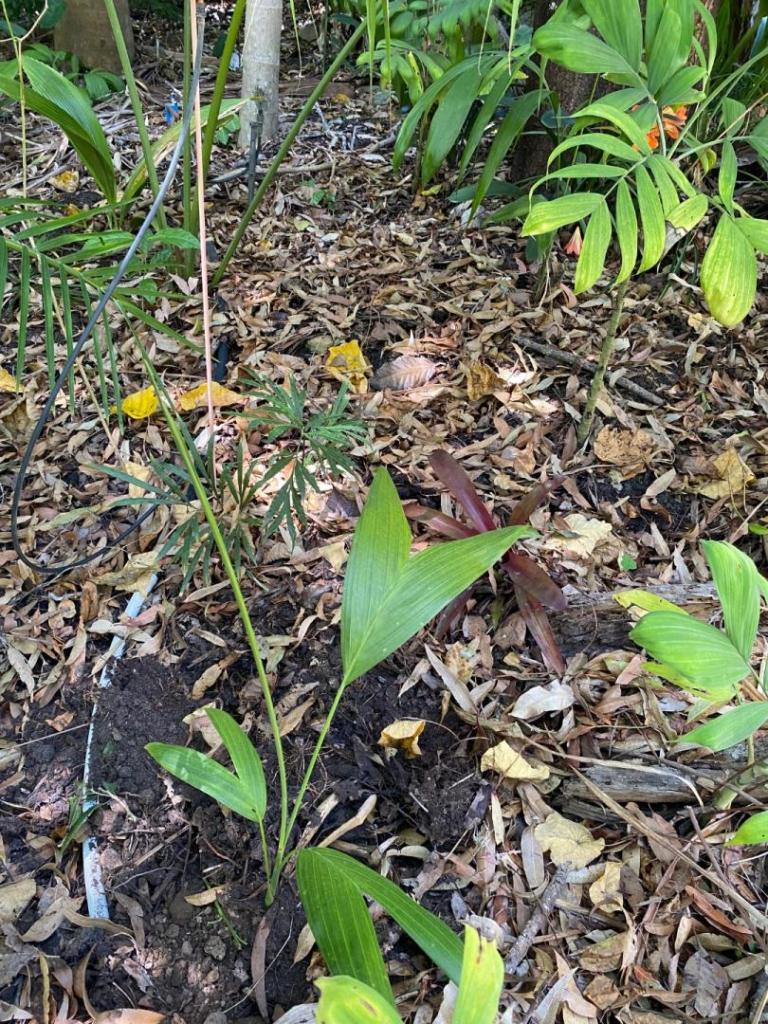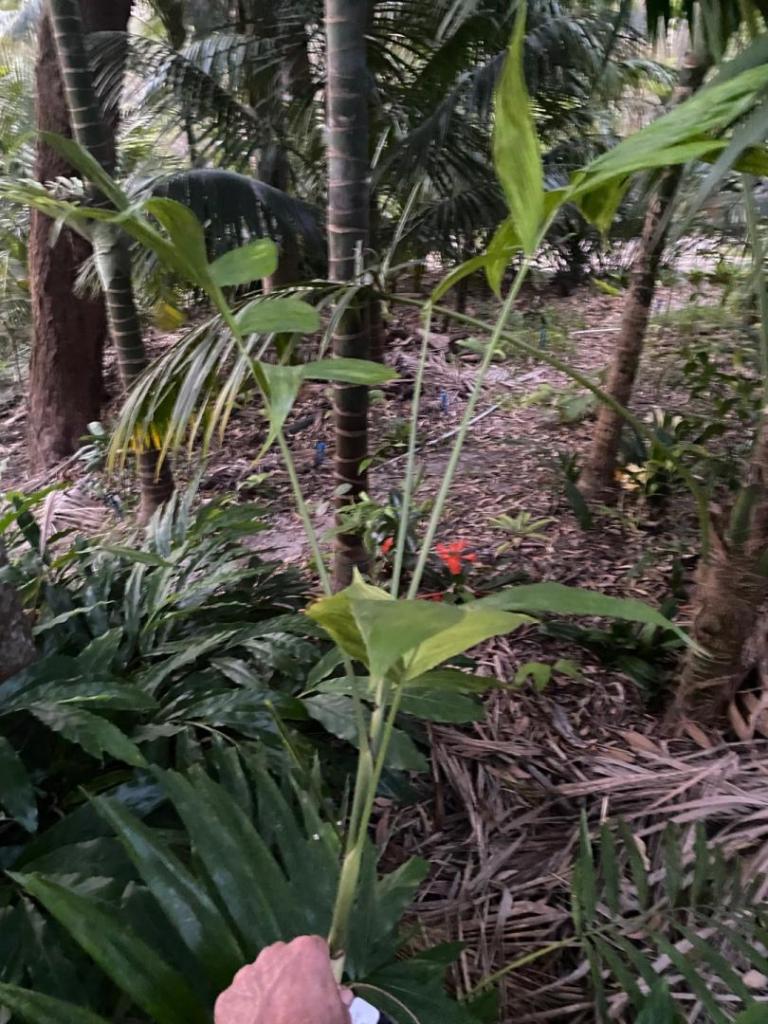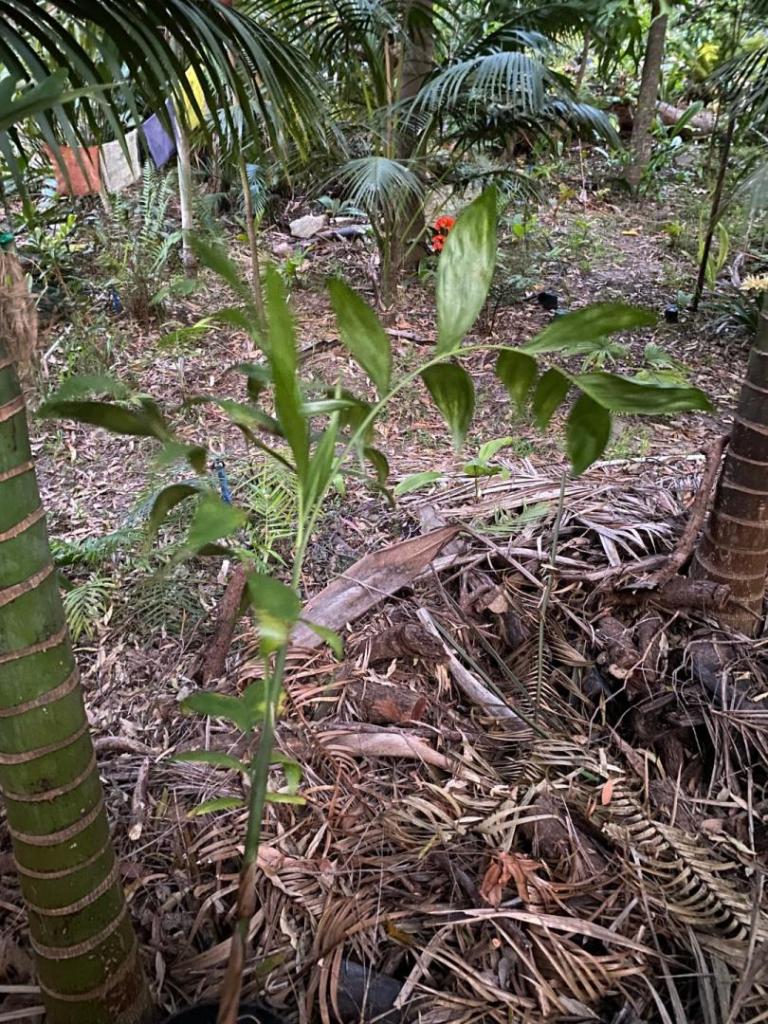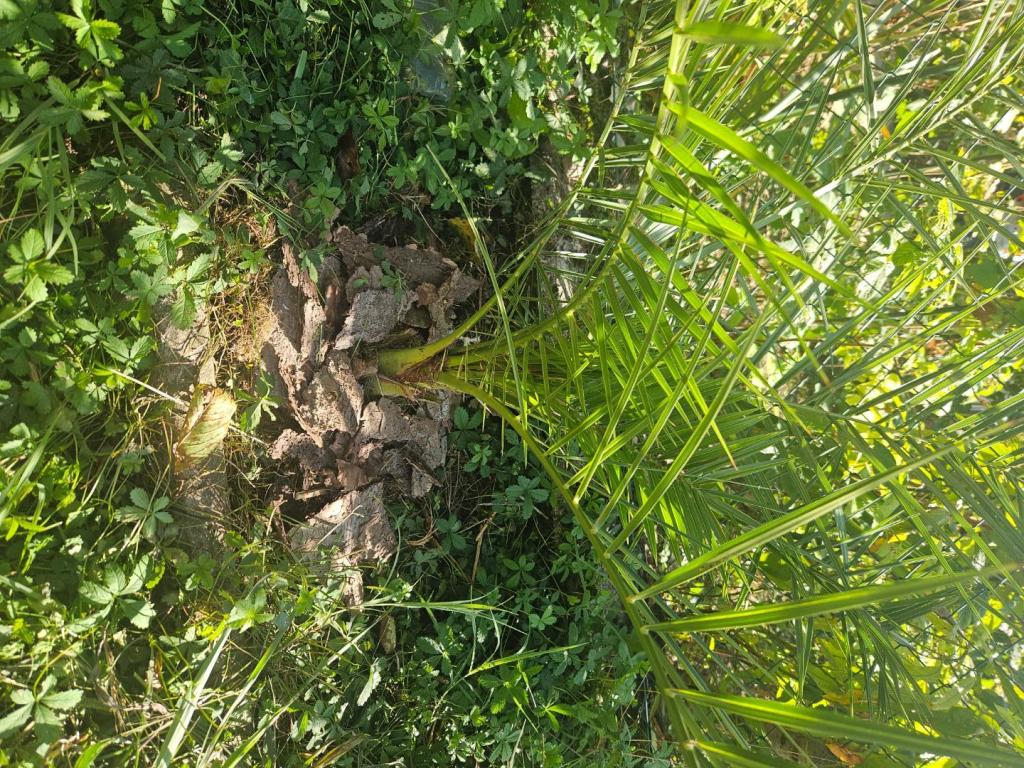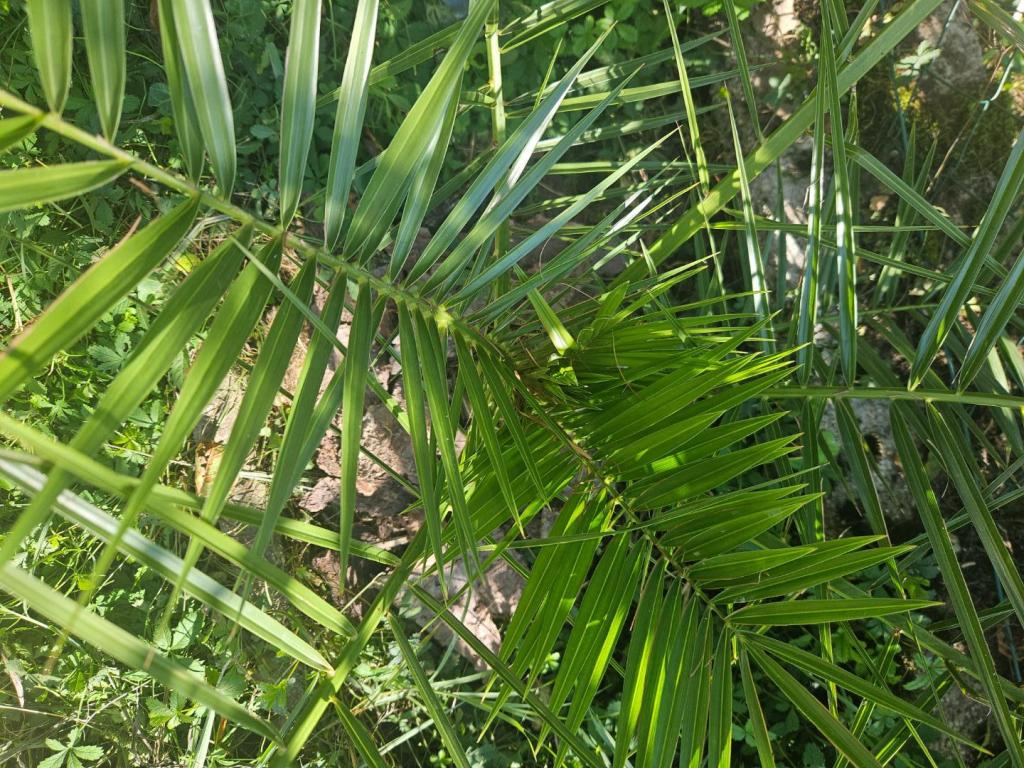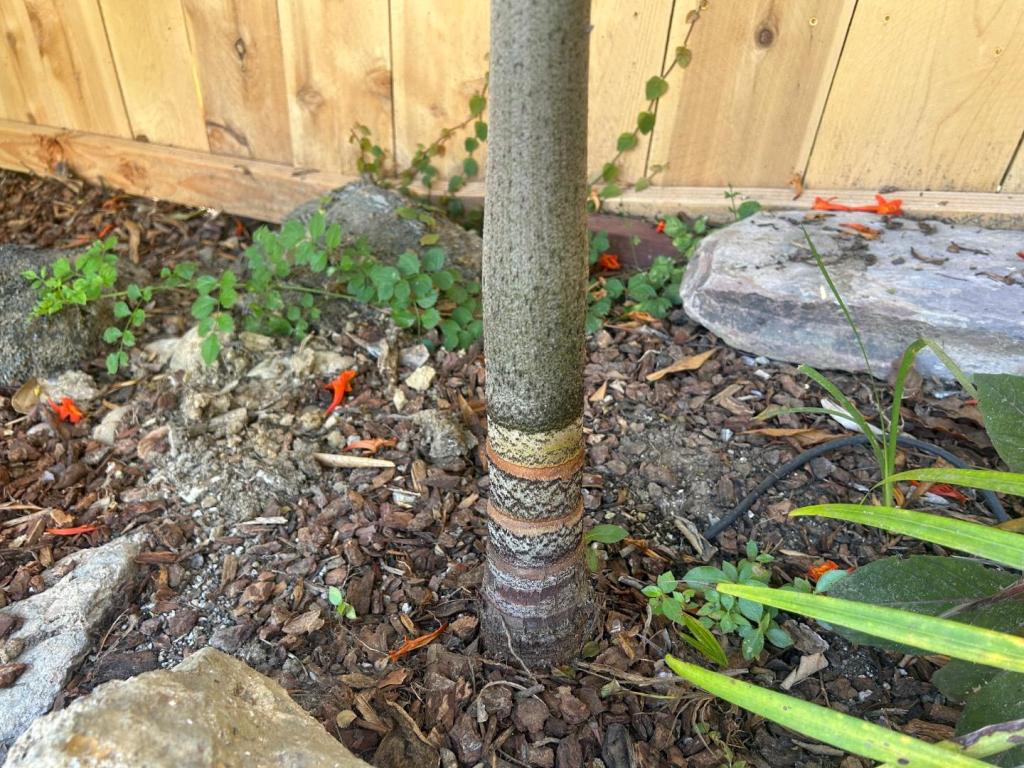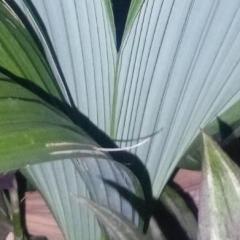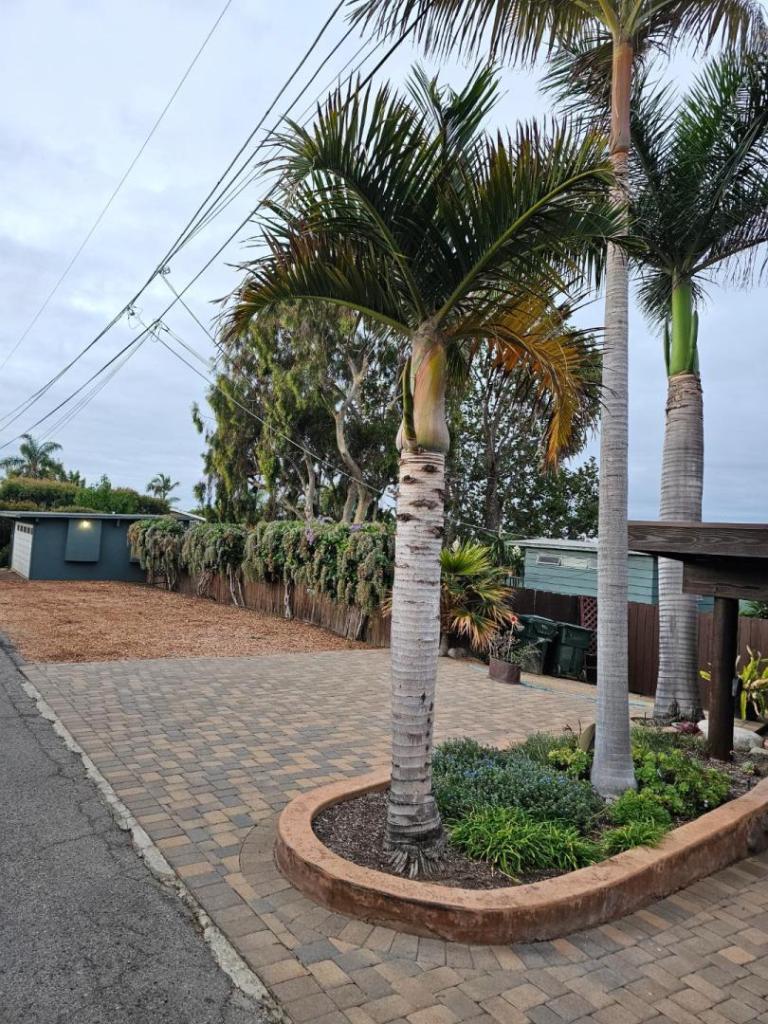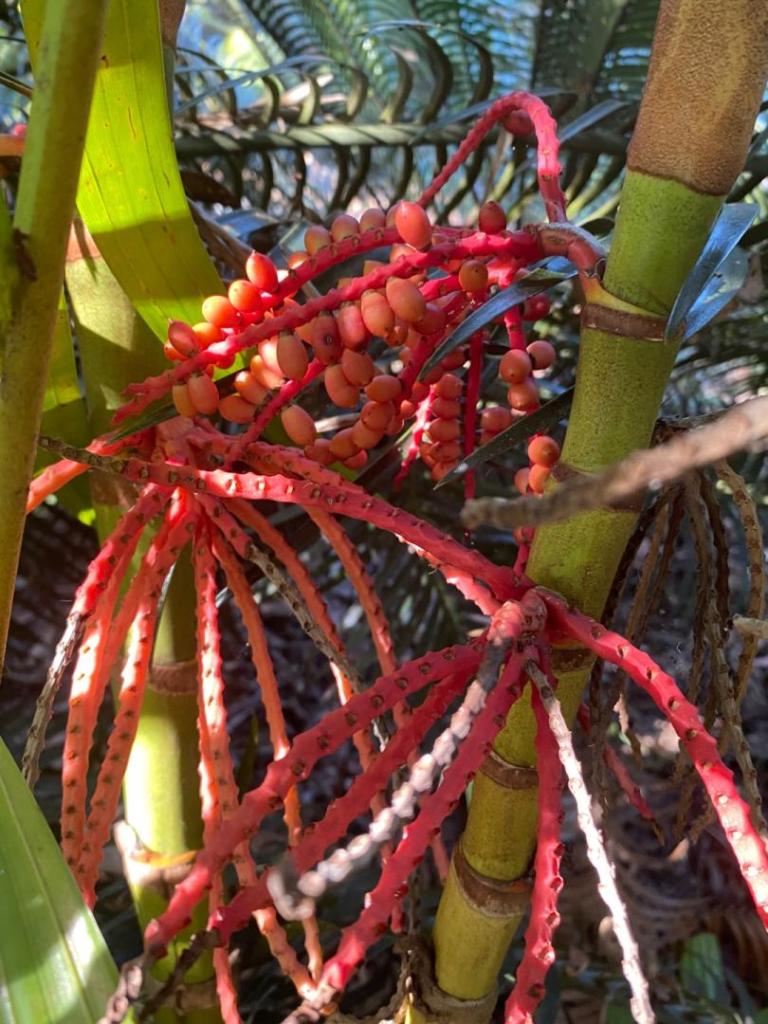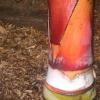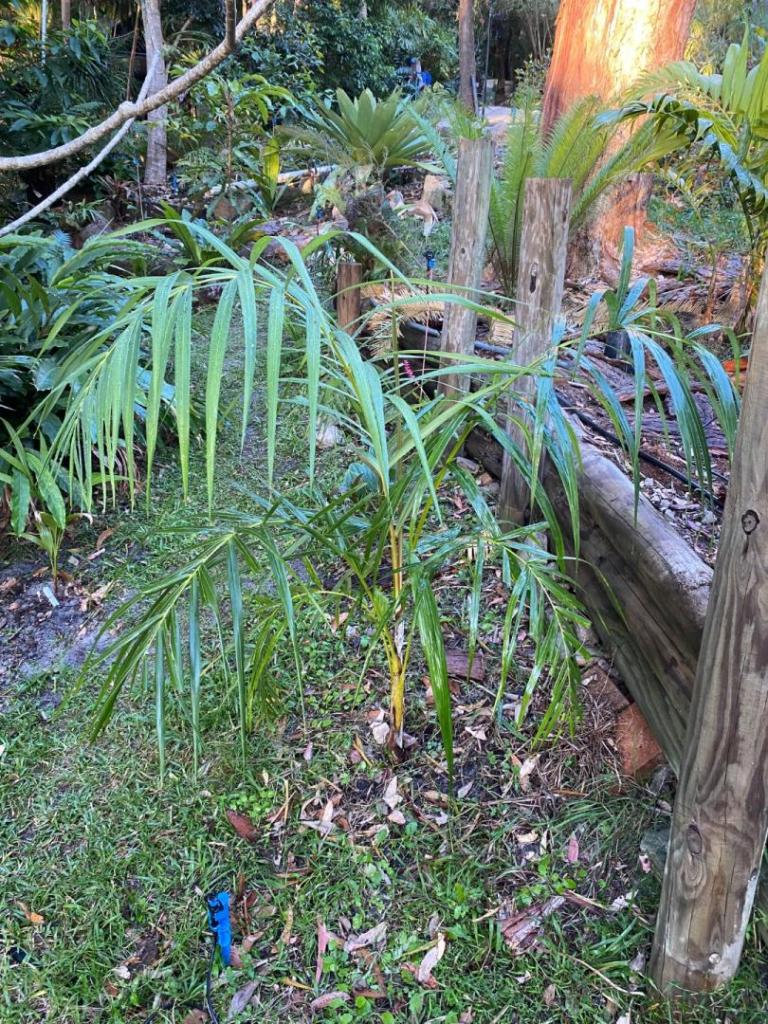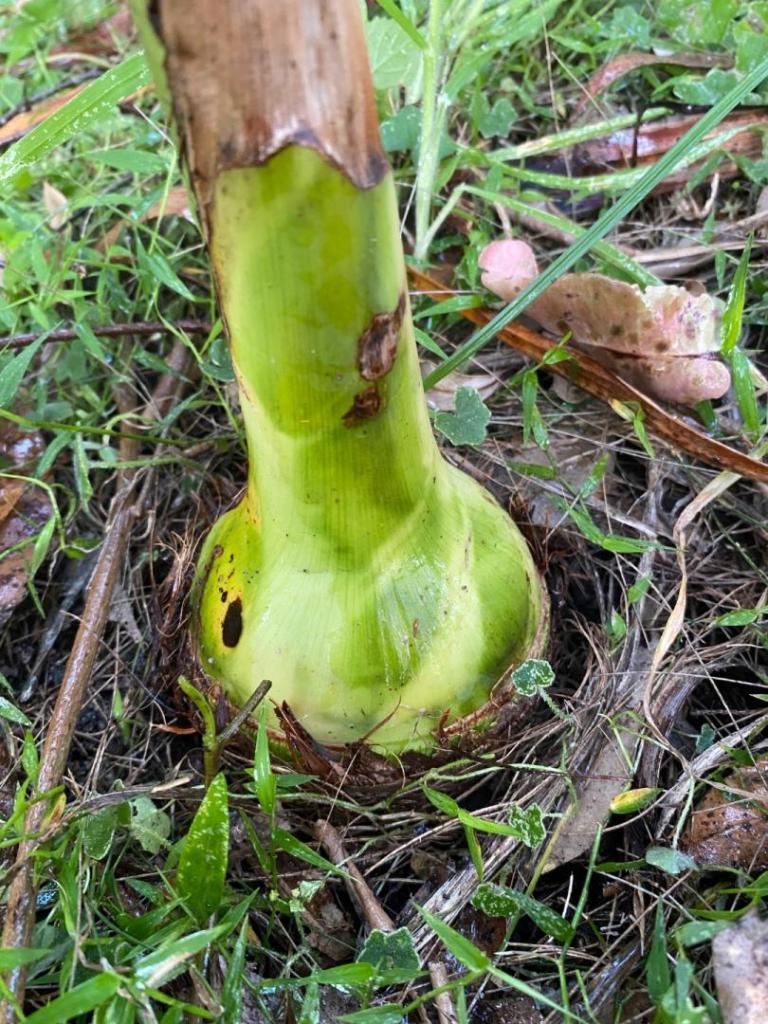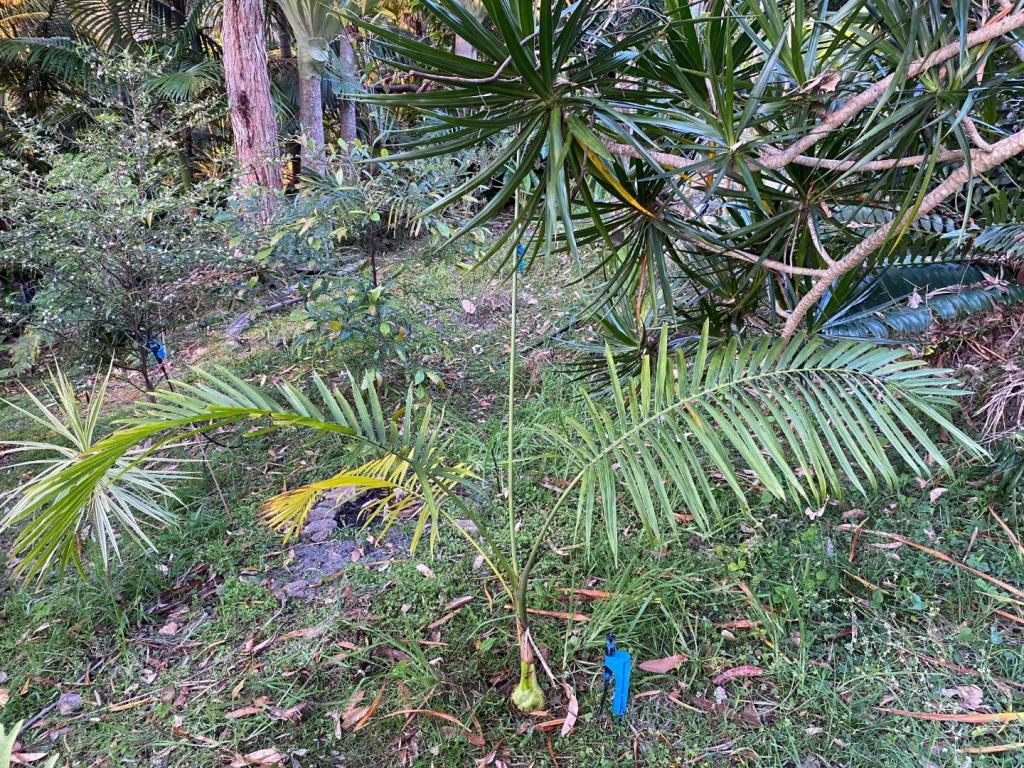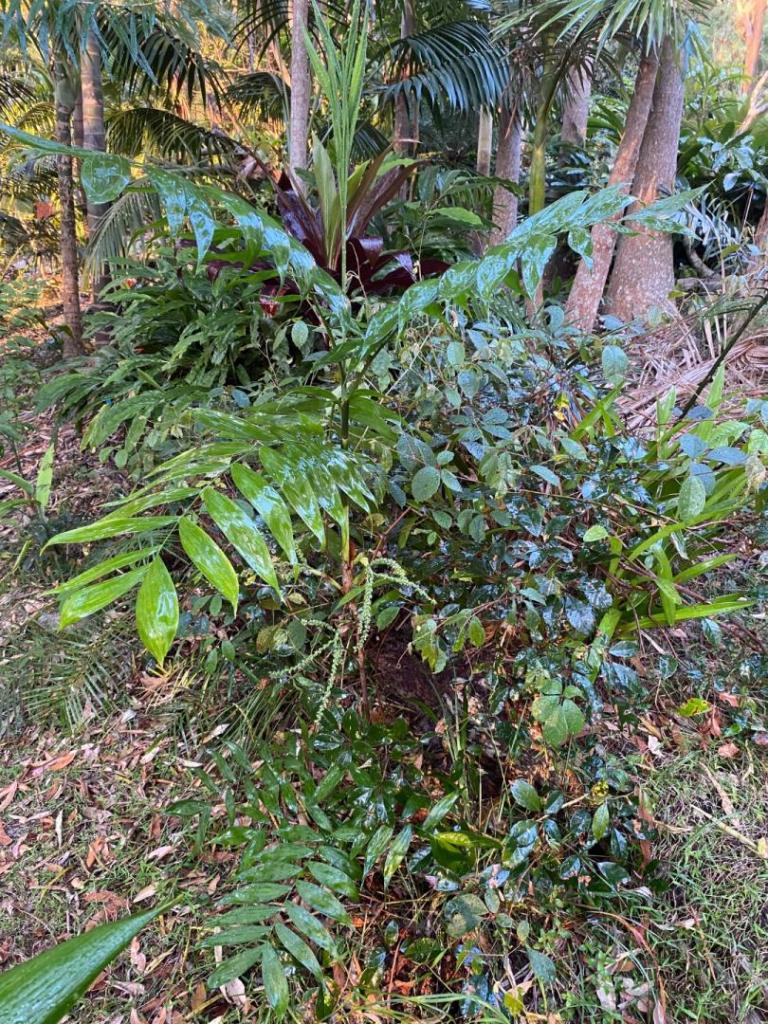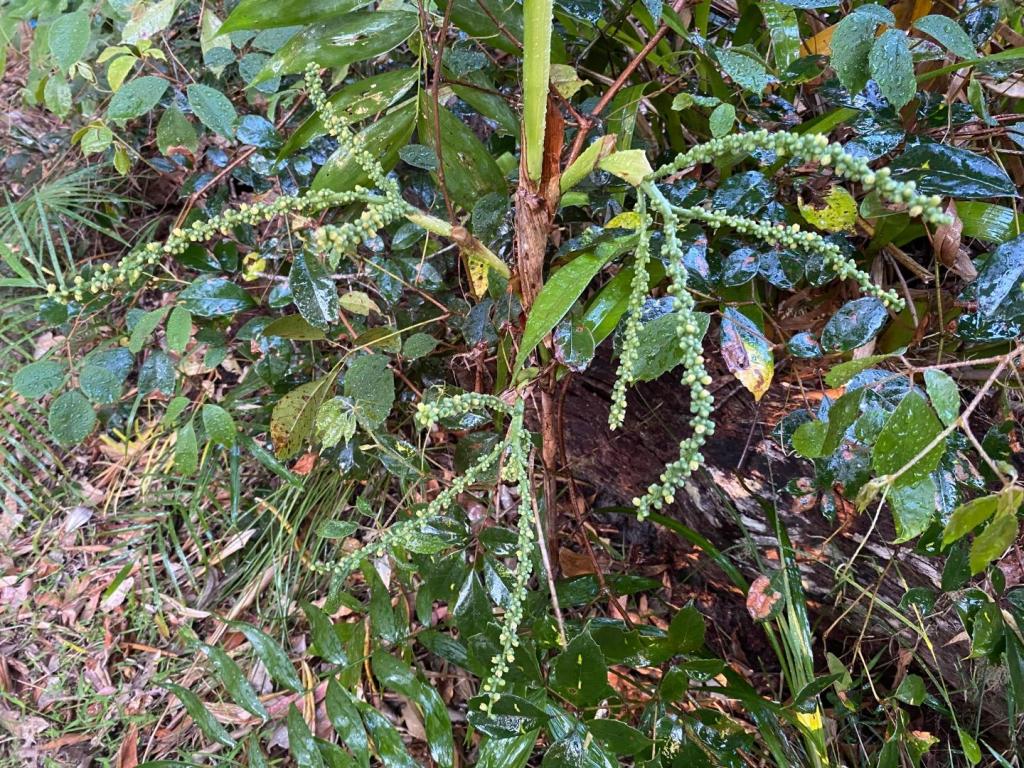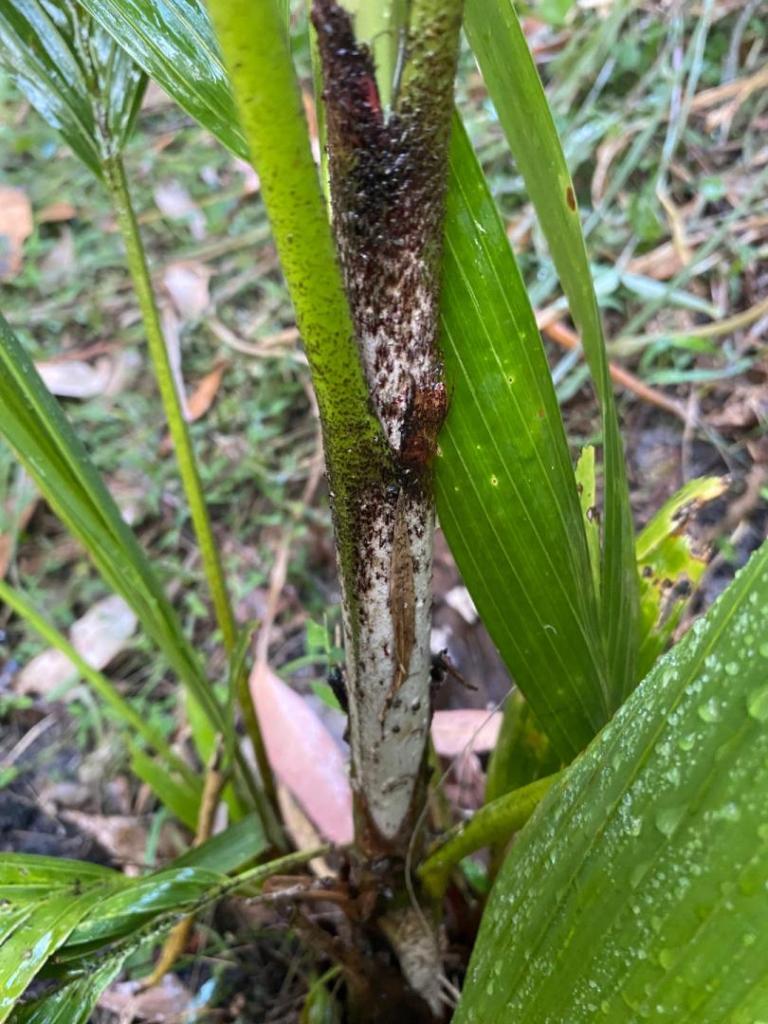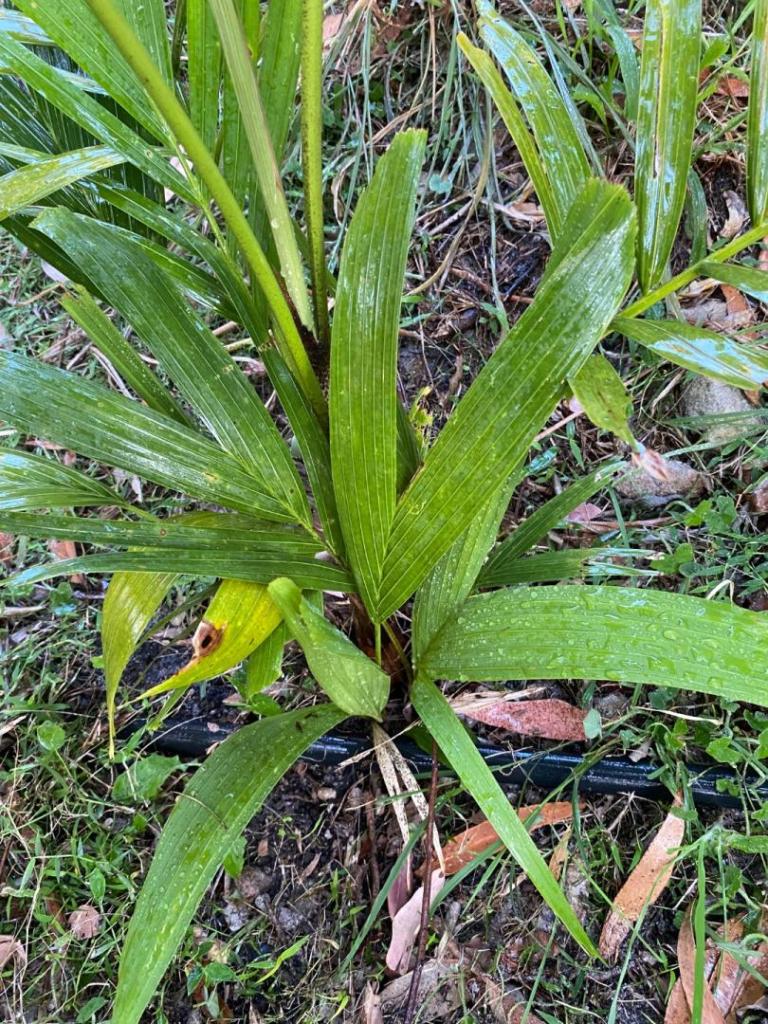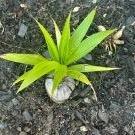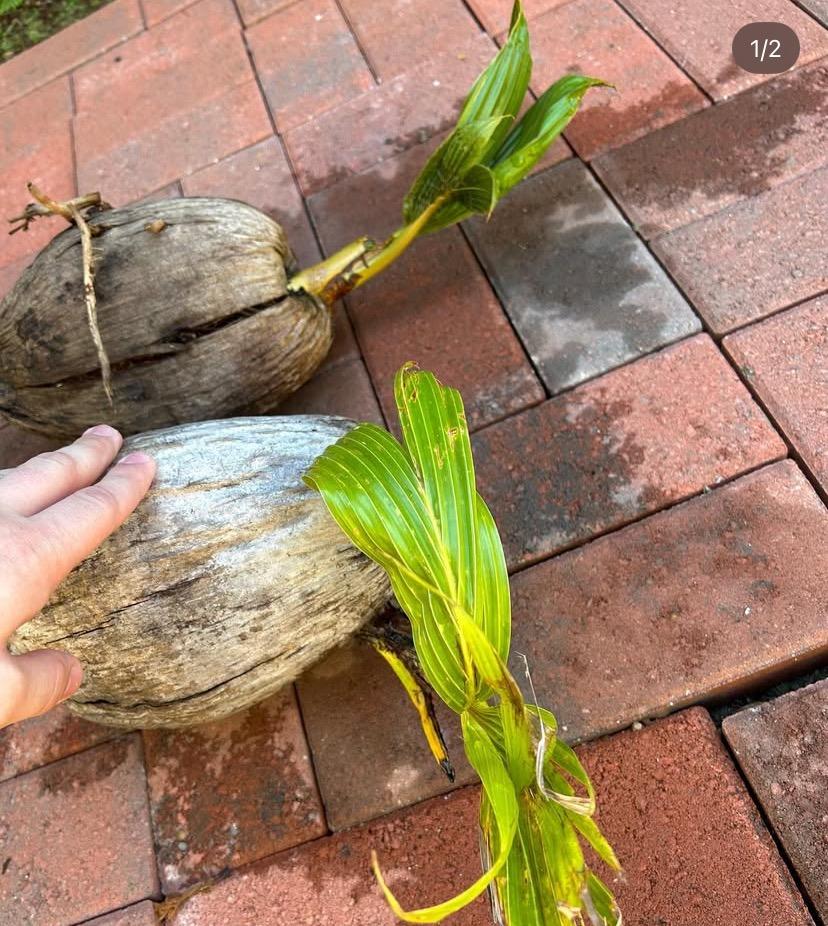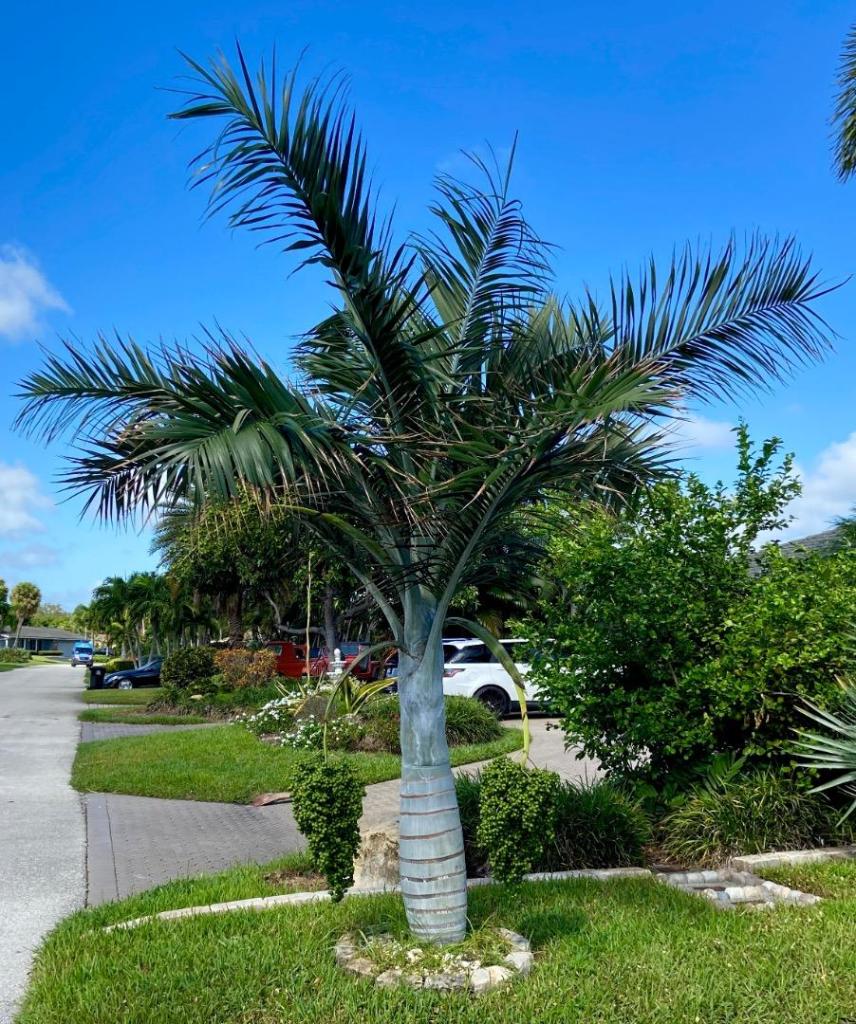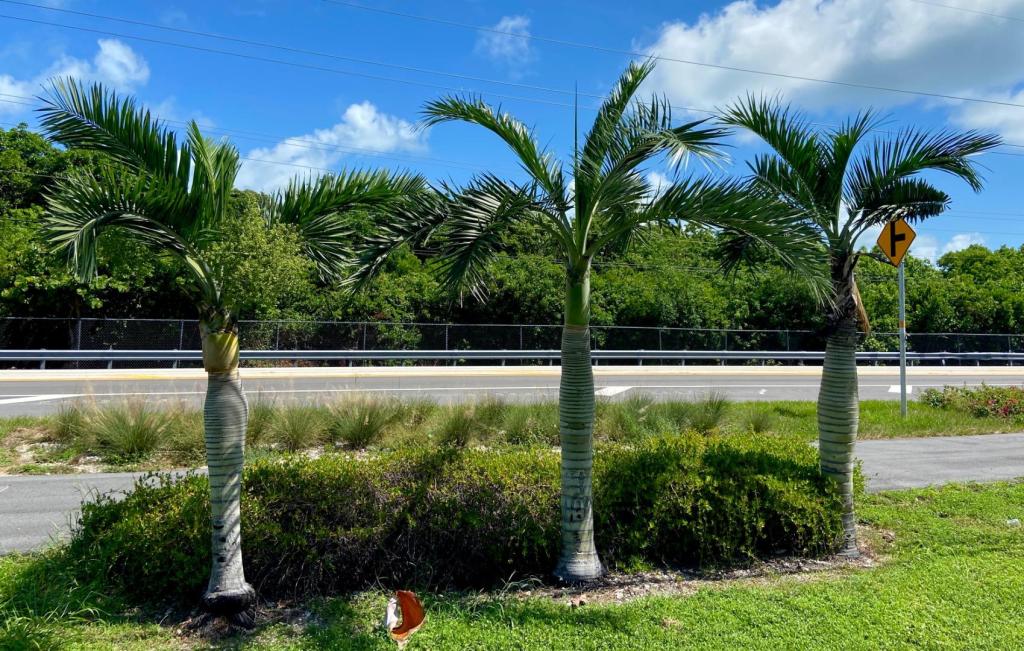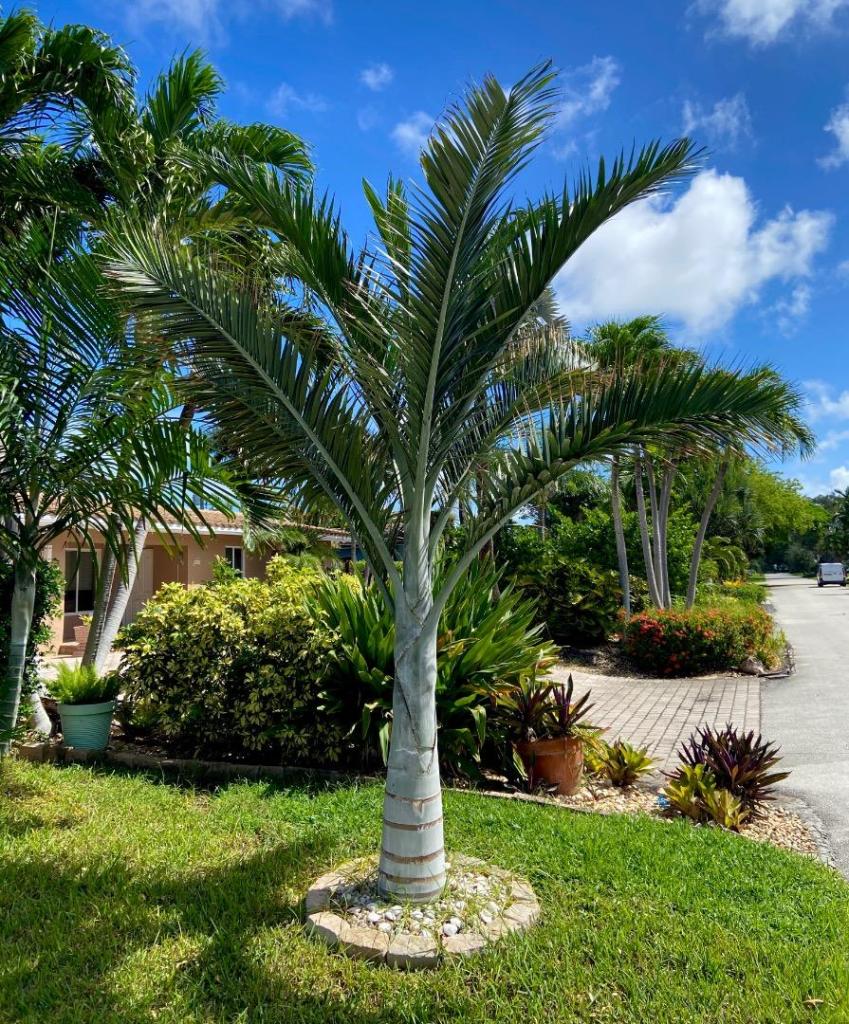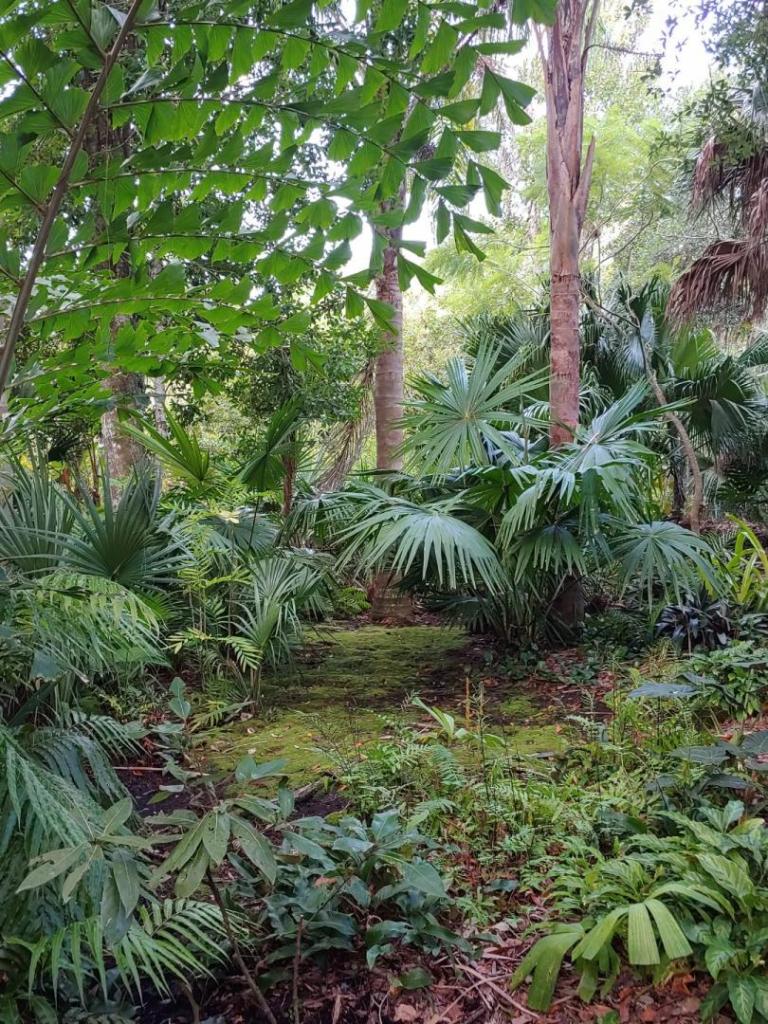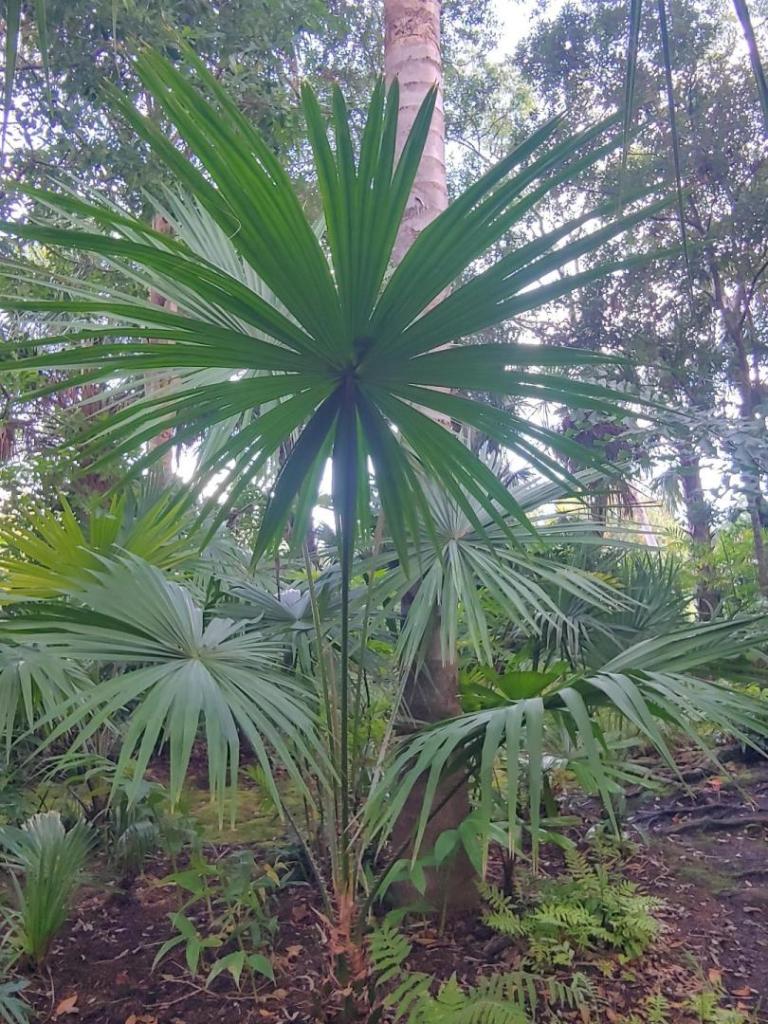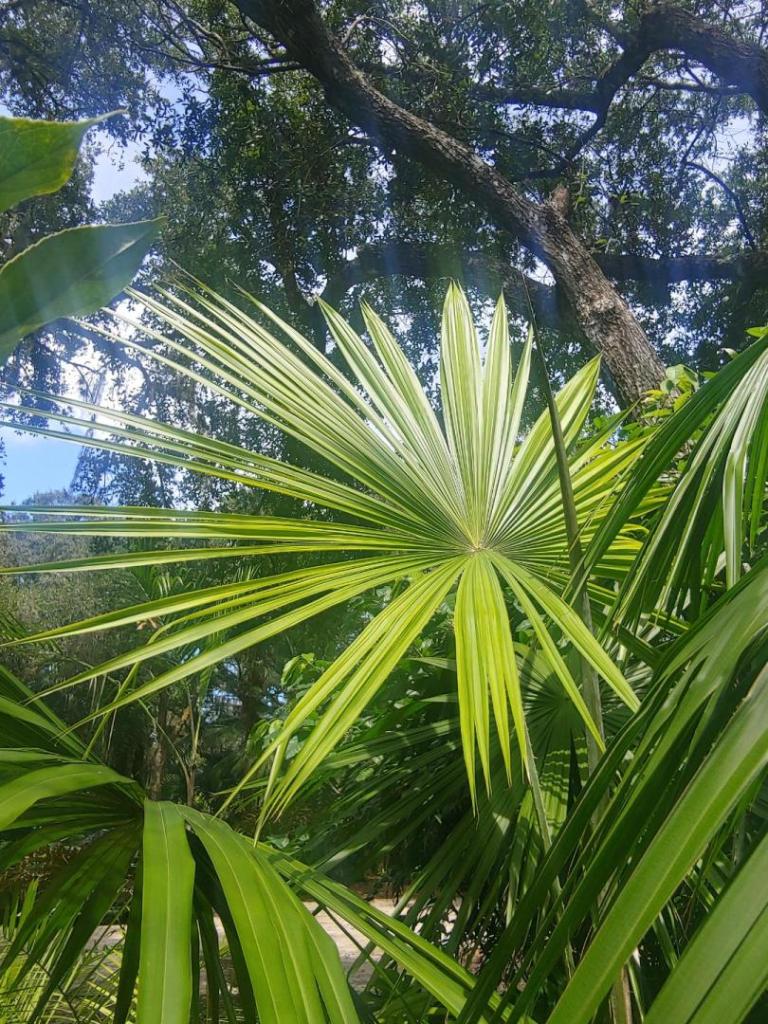Leaderboard
Popular Content
Showing content with the highest reputation on 10/04/2025 in all areas
-
6 points
-
6 points
-
An easy one to germinate and grow. Done these ones from my own seeds. What can you say about the coronata except that they are fantastic screening palms just the right height, tough, take a moderate amount of sun and cool tolerant, oh and look rather good with the mottled leaves. A very predictable landscaping palm that’s easy to work with.5 points
-
5 points
-
4 points
-
4 points
-
A few different chamaedoreas going in the garden. The benzei is from a palm talk member @tim_brissy_13 thanks for this one I got a while back from you. And the rest are from the germinater himself Mr merc psillakis (rip). Some nice tropical looking plants to give the garden a bit more of a tropical look. chamaedorea benzeichamaedorea chamaedorea klotzshciana chamaedorea pinnatafrons chamaedorea anemophila4 points
-
During the last few years a lot of large Cocos , and other Tropicals have been planted all over the North area of Central Florida . There's a number of Cocos in the Daytona / Ormond / Holly Hill area , and considerably farther north as well . Driving around in various neighborhoods reveals a lot . There's a lot of sheltered areas on the west side of the Intracoastal as well , and Inland , around lakes and rivers . Sooner or later Ma Nature will provide a real test, once again.........4 points
-
4 points
-
I have two small Leucothrinax. In a couple years in the ground, they are very, very slow. Just growing some bigger fronds, without much height gain. They are much slower than Pseudophoenix Sargentii for me. Leucothrinax will stay very shrub-like for many years, while Pseudophoenix gains height and leaves them behind. The biggest one in my neighborhood has maybe 5 feet of trunk and is probably very old, and is much shorter than the Pseudophoenix with the seeds above.4 points
-
I could suggest getting on a ladder with the pole saw on a extended pole, but that involves danger on yhe ladder stuff, alright if you’re 20 years young me at 56 I will leave that for the experts.4 points
-
Just an update as my Ampasindavae just cracked open another leaf. Definitive color just like last time. Still super slow but this leaf did grow faster than the last. I’m hoping it picks up speed here in the next year or two. Can’t get the guts to cut off the old leaf so the entire plant looks marginal. Last leaf still looks good. I’m ok with slow, it could be dead. -dale4 points
-
This looks amazing, they make a really cool streetscape. I agree with Jim tho, the powerlines are a worry. Congrats on the flowers Jim, will be interesting to see if it sets any fruit. Mine are a few years away still, but Troy has had a couple of years of fertile seeds from his Pt v microcarpa which is a similar age. Fingers crossed.4 points
-
Hey! It's 5th October and the weather is becoming cooler but no frost, we did get 0C this morning just for an hour but it is warming up and will get to 18C today. Until November, it's forecasted to not get below freezing, maybe even not until early December. Today, i mulched the roots with dry grass and bark but I'm not planning to protect it with fleece until frost. It grew 4 leaves this summer which is great. Here are some pics of the palm:3 points
-
Hey all, I got a couple seedlings from my nephew, about 4 years back. He works at a local nursery here and these were allegedly some type of Adonidia cross, probably with Veitchia. Anyway, both plants are growing well, but look rather different from each other, especially on the stems and petioles. I tortured this one in a pot for a bit over a year, but after putting in the ground a year or so ago, it’s beginning to recover nicely. The cool winters here don’t seem to phase them really at all. So my question is, does anyone recognize this particular plant as a possible species of Veitchia? I’m currently growing arecina, joannis and spiralis, but this appears different, especially the stem. Or has it just got quirky features of a hybrid? Thanks for looking!3 points
-
Thanks for the hopes. What about you in Texas? Does it get cold there, i mean I was once in USA and i was in New Mexico, Alberqueare and it was very cold but no snow.3 points
-
SoFL is much cheaper than CA. No more than 1/2 what California pays.3 points
-
There are many of those here in Chile. They're Canariensis date palms. I believe they arrived with the Catholics during the colonial period.3 points
-
I also have both and would generally agree. They are both quite slow but I would rate mine as equally slow. Although my PS is in full sun and my LM is somewhat shaded. If you want the LM to be taller, you will need to start with a larger plant.3 points
-
And they grow so well in my garden, I have at least 600 chamaedoreas of all different varieties to plant in my garden. Mass group plantings for seed production in the years to come.3 points
-
3 points
-
More than 90% of Chamaedoreas are great for cool climates.3 points
-
Luck has it as well saintlucei seedlings in six inch pots and seeds coming on my palm. I curse the cold weather killing palms, you finally get a palm that’s rare, beautiful and usually expensive and the cold kills it.3 points
-
I have mine done every year . The trimmers can get the spathes out and save the mess . I just had them done ….no mess now!😄 Harry3 points
-
By doing so you are saving yourself a mess and the hassle of cleaning them up later on, or even better saving yourself a sprained ankle when you slip on the seeds. Also giving your palm more energy on growing by not spending its energy on flowering. The good old shin breaker cocos seeds great to hit with the mower.3 points
-
@jwitt there’s an empty field at the end of the street I’m considering spreading them out in. If they grow great and if not then oh well. That’s how many I got off that tree, thousands.3 points
-
I have a hard time doing the separation of seedlings direct sowed into the ground. If they survive, they seem to be setback for a year or two, until roots are reestablished. That said, I have had great success direct sowing. Undisturbed root growth, ultimately important to this species, seems to be a key to success in my climate. Keep the keepers, kill in place the weaklings .... All that said, it never hurts to try, but they grow roots, and roots, and roots. They get "shocky" when small and roots are massively disturbed.3 points
-
3 points
-
2 points
-
Australis is Latin for south or southern: Terra Australis = Southern land, which ultimately became Australia.2 points
-
2 points
-
Friend, you should grow them. They are palm trees, and there are many of them in Chile.2 points
-
Not necessarily. The Gulf here tends to moderate winter cold fronts. What you don't want to see are cold fronts diving down directly from the north, i.e., Siberia & Canada over dry land. Nor do you want to get a northern rain front. Cold rain is lethal. My all-time low in Jan. 2010 on a rainy day dropped from 35F (already lethal) to 28.5F. I got acute bronchitis trying to protect our many small palms. I lost over 30 species of palms and more were dying 9 months later. Hasn't happened since but rain + <50F kills.2 points
-
Those are perfect sized for planting and I have a nice spot , just right . I will dig a hole for when it arrives. Honestly , those are very nice , I’m not even sure they would survive here but I would be willing to try . Harry2 points
-
2 points
-
Thanks for the info, also those -8 and even colder happen so so rare, on some winters even not.2 points
-
2 points
-
They seem to prefer subtropical climates, and cool temperate places without frost. Iam sure there are many that like tropical climates, I do see some chamaedoreas for sale from the hot tropical climates. They can tolerant dry low humidity, I get hot dry conditions and they seem to take it well.2 points
-
2 points
-
The what...come on, out with it...I'm sitting on the edge of my seat!2 points
-
2 points
-
They are slowish, but not super slow here. When it’s hot, wet, and sunny they move pretty good, then slowdown in the darker, cooler months. Faster than about half of the other palms I have.2 points
-
Yeah, I had four that were grown from seed collected when we vacationed south to Treasure Island. All four were in pots side by side, unprotected, when we had 24F low christmas weekend 2023. Two fried and two stayed green as grass. One I planted in ground under the oak canopy in the east side of my yard and the other is still potted. Mind you the potted one is nearly 3 times the size of the inground one.2 points
-
My sunkha first flowered three years ago but has never set fruit.2 points
-
Yes, it's a concern. Mostly, I see palms allowed to grow past (or through) them here, even large palms like CIDP. But they do get trimmed aggressively where they contact the lines. Not ideal.2 points
-
2 points
-
Shedding Light on the Pseudophoenix Decline. 2013: https://palms.org/wp-content/uploads/2016/05/vol57n1p24_29.pdf When I was down in The Keys, I’d say 2 out of 3 that I saw exhibited at least Rank 1 symptoms…. Islamorada: I don’t think it’s necessarily inevitable, but it is prevalent in Florida. No one is 100% sure of what causes it. Perhaps viral, inciting a subsequent slow fungal rot of mature lower crown tissue that worsens over years. The deepening black rot is the final common pathway to death. It seems to need moist conditions of occur, and it’s plenty wet/hot here a lot of the year. I don’t think @aztropic will ever see it due to his dry conditions. I have 6 growing here at the house. It’s just guesswork, but I’ve done the following to see if it will help: 1) Planting in full sun out in the open, to facilitate drying and airflow, while keeping rotting debris out of the crown and leaf bases, and keeping the plant growing as fast as possible. 2) Idealizing soil conditions with fast draining amendments, and the addition of limestone to keep the pH high/basic. I’m pretty generous with the fertilizer also. 3) Since fungal rot seems to play a role, I paint any wounds, and the lower crown right after a newly dropped frond, with daconil/hydrogen peroxide. I also pour this into the leaf bases. Since I get about 3+ new fronds per year, I do this about 3x per year. So far seems to work, with no ill effects. Someday mine will be too tall to do this. Fungal rot kills a lot of palms here that do well in California and other drier areas. Especially if they are slow growing, like the big dypsis. Dripping wet 85 degree nights for months on end seem to start the process, and they just can’t outgrow a little rot that starts up. Other palms can blast right through it, dropping old frond bases before it can take hold. Some slow growers seem more resistant to fungal issues, like the New Caledonia types. I figure keeping the fronds cycling can’t hurt. I’m also trying to preemptively treat the fungal component by keeping junk out of the crown, keeping the crown dry, and ventilated and not letting fungus take hold at the “V” split of the oldest frond, where the decline rot starts. Will it work? I don’t know. Mine are just juveniles. But so far so good. Contrast these with those from The Keys above….2 points
-
2 points
-
Microspadix is a great palm, such deep green leaves. Adscedans might grow in your garden.2 points


